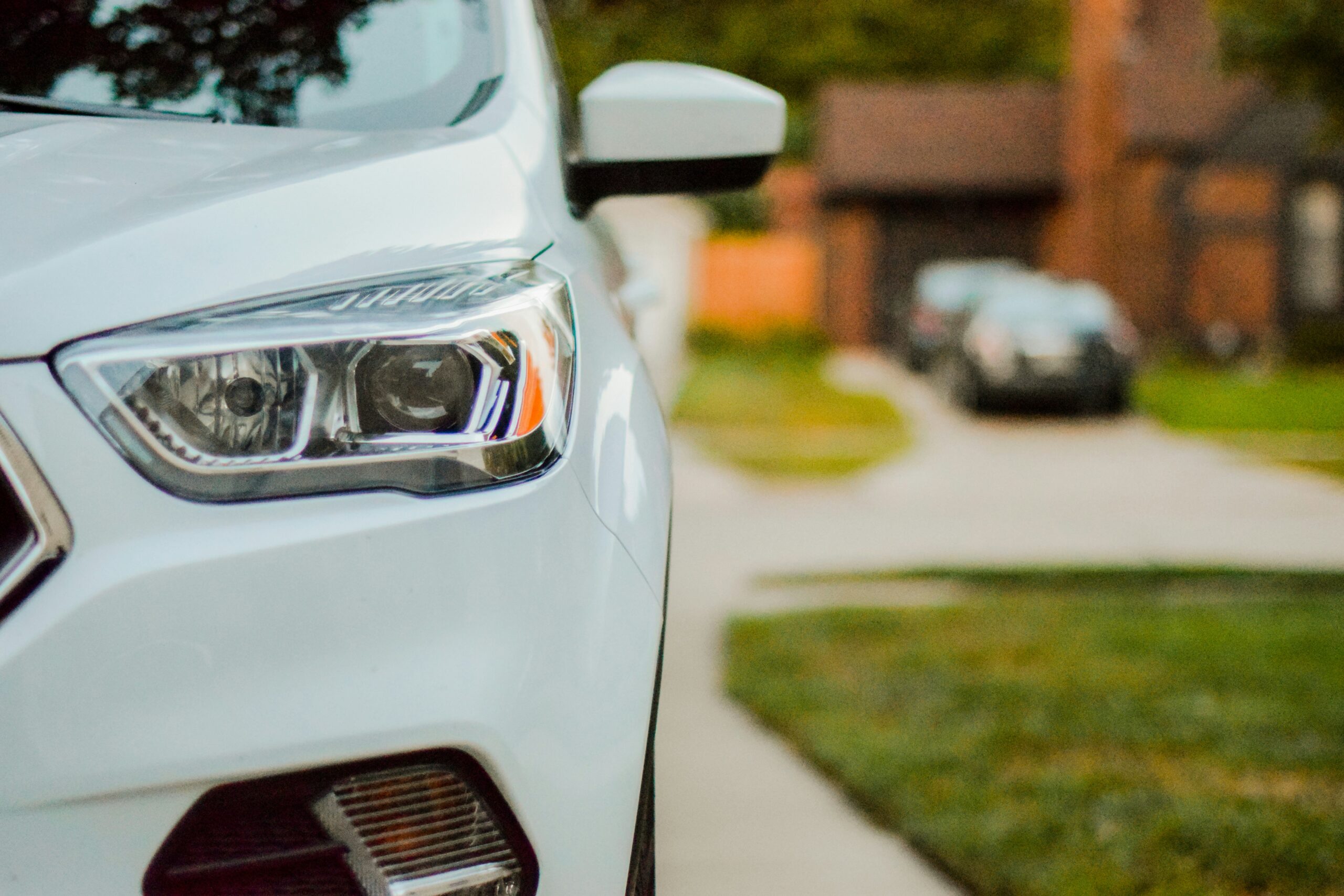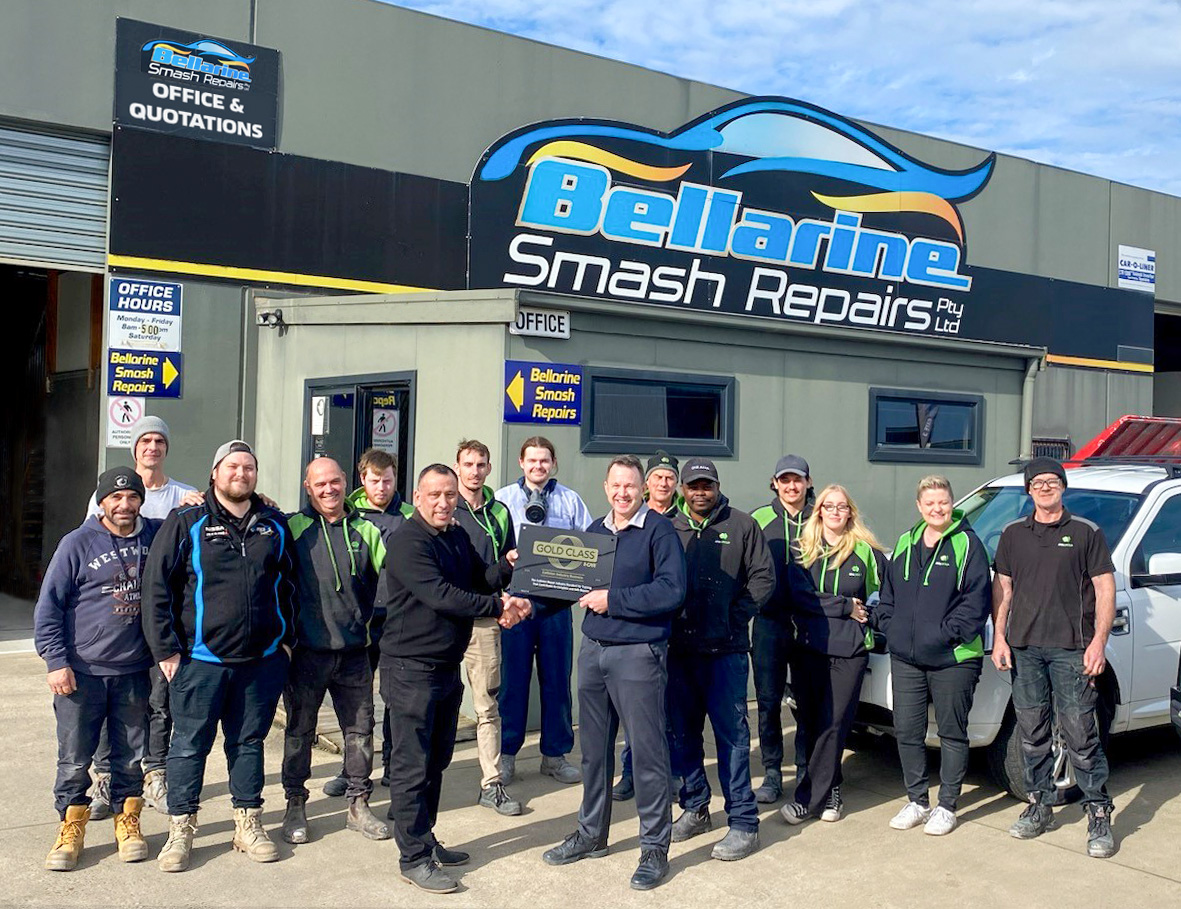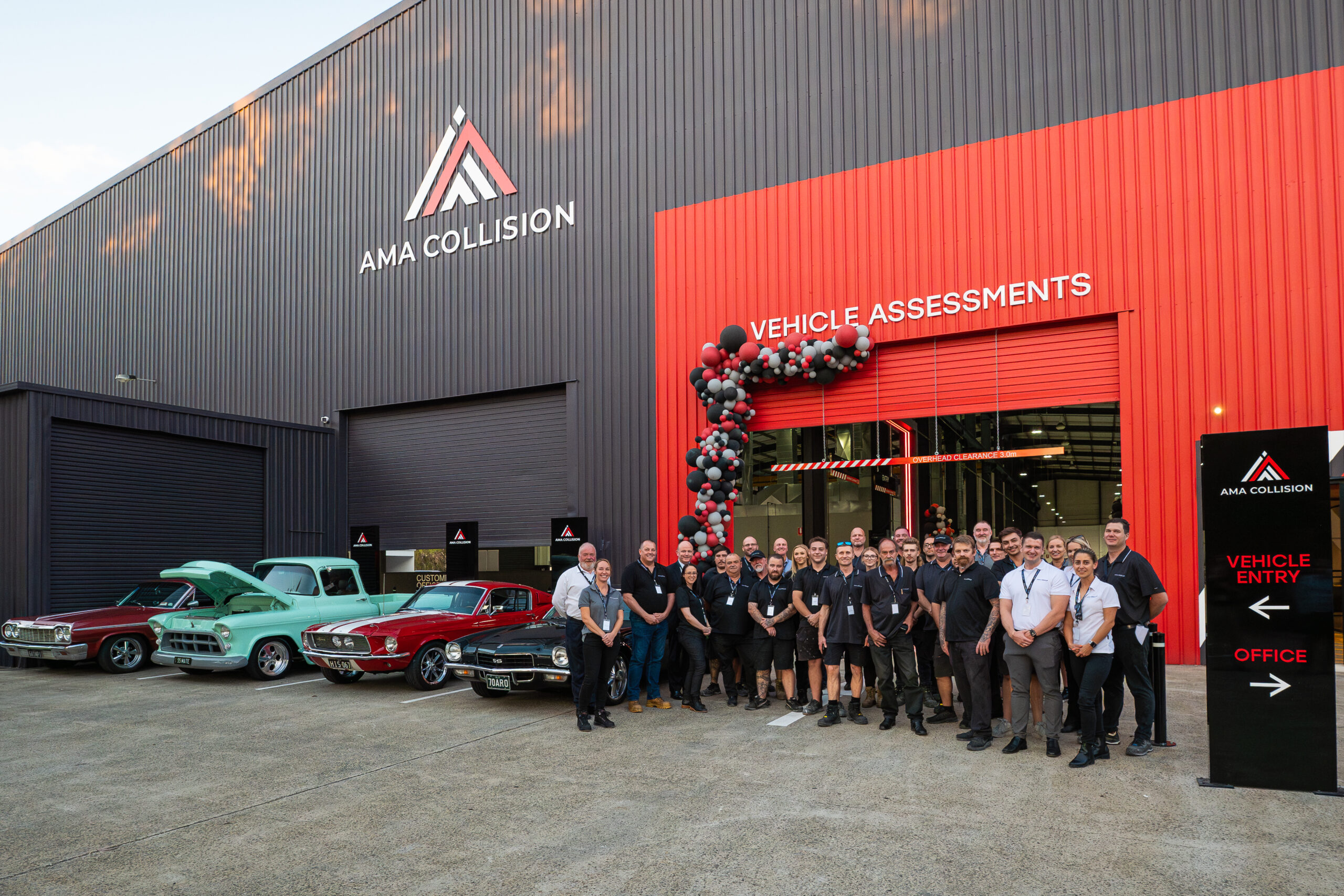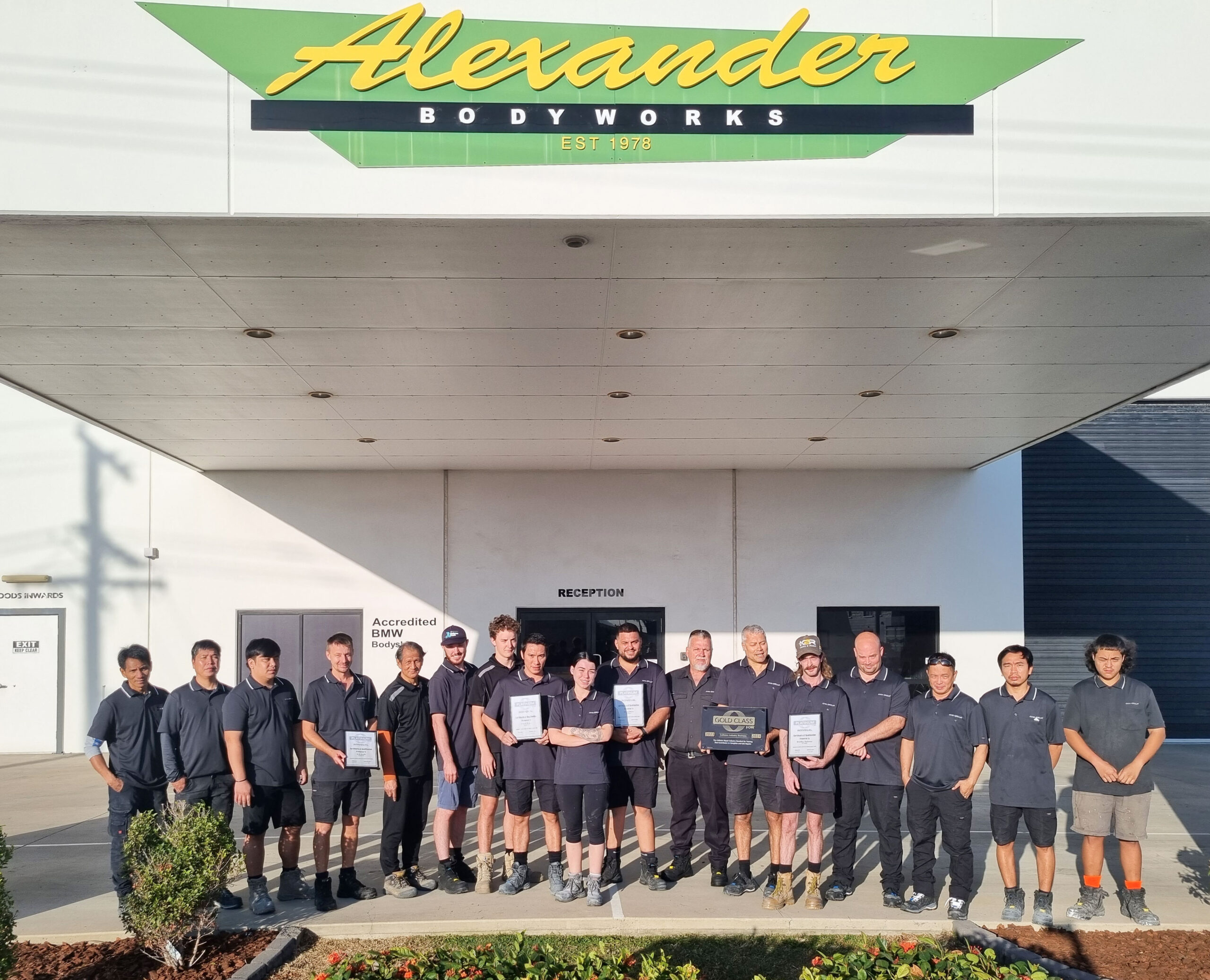Introduction: Navigating the Road to Recovery
A car accident, no matter how minor, can be a jarring and stressful experience. Right after the accident, people often exchange details and check damage quickly. What happens next is just as important. You need to handle the car repair insurance claim process carefully. This journey can feel complex and overwhelming, but with a clear, structured approach, it becomes a manageable path back to normality. This guide is designed to be your definitive roadmap, transforming a confusing process into a series of simple, actionable steps.
The Stress of an Accident and the Importance of a Clear Process
In the moments after an incident, it’s easy to feel lost. The administrative tasks of lodging a claim can add another layer of anxiety. Following a clear process reduces stress. It also helps you meet all your policy duties. This increases your chances of a smooth and successful result. In a global automotive repair market valued at over $1.1 trillion in 2024, having a trusted guide to navigate the system is more important than ever.
What This Guide Will Cover: From Incident to Resolution
This step-by-step guide will walk you through the entire lifecycle of a car insurance claim. We will start by preparing before an accident happens. Then, we will explain what to do right after the accident. Next, we will describe how to file and assess the claim. Finally, we will show how to manage repairs and finish your claim successfully. Our goal is to empower you with the knowledge to handle any situation with confidence.
Step 1: Proactive Preparation – Know Your Policy Before You Need It
The best time to understand your car insurance is before you need to make a claim. Being prepared means less confusion and faster resolution when an incident happens.
Understanding Your Car Insurance Policy Inside Out
Your car insurance policy is a contract between you and your insurer. The most important document to understand is the Product Disclosure Statement (PDS). This document explains exactly what is covered and what is not. It also tells you your duties when making a claim. It includes the rules about repairs, excess payments, and optional benefits like a hire car. With Australian insurance premiums rising sharply in recent years, ABS data shows insurance prices up 16.4% in the 12 months to the March quarter 2024. Ensuring you comprehend the value and limitations of your policy is a critical financial step. Take the time to read your PDS, paying close attention to the claims section.
Demystifying the Excess: What You’ll Pay and When
The ‘excess’ is the fixed amount you must contribute towards the cost of a claim. It’s the out-of-pocket expense you pay before your insurer covers the rest of the repair bill. Your PDS will detail the total excess, which can be a combination of a basic excess and other additional excesses (e.g., for young or inexperienced drivers). Typically, you pay the excess directly to the repairer once the work is complete. If you are deemed not at fault in an accident and can identify the at-fault party, your insurer may waive the excess.
Essential Information and Documents to Have Ready
Being organised can significantly speed up the claim process. Keep a folder, either digital or physical. Put the following important information in it so you can access it easily.
- Your car insurance policy number.
- A copy of your driver’s licence and vehicle registration details.
- The contact number for your insurer’s claims department.
- A copy of your Product Disclosure Statement (PDS).
Step 2: Immediate Actions at the Scene of an Accident
Your actions immediately following an incident are critical for both your safety and the success of your future insurance claim.
Prioritising Safety and Seeking Assistance
Your priority is always safety. Stop your car in a safe location if possible and turn on your hazard lights. Check yourself and your passengers for injuries. If anyone is hurt, call emergency services immediately. Do not move anyone who is seriously injured unless they are in immediate danger.
Collecting Comprehensive Evidence at the Incident Scene
Once it is safe to do so, gather as much information as possible. This evidence is vital for your insurer to process your claim.
- Other Party’s Details: Collect the full name, address, phone number, driver’s licence number, and insurance details of all other drivers involved.
- Vehicle Information: Note the make, model, colour, and registration number of all vehicles involved in the accident.
- Photographs: Use your phone to take extensive photos of the damage to all vehicles, the overall accident scene from multiple angles, road conditions, and any relevant street signs or landmarks.
- Witnesses: If there were any witnesses to the incident, politely ask for their names and contact details. Their independent account can be invaluable.
Understanding Police Reporting Requirements
You may be legally required to report the accident to the police. You usually must do this if someone is hurt, if there is a lot of property damage, or if you think the other driver was under the influence of drugs or alcohol. A police report number will be a key piece of information when you lodge your claim.
A Crucial Note: Avoiding Admissions of Fault
Even if you believe you were responsible for the accident, do not admit fault at the scene. Liability can be complex, and a premature admission can complicate your insurer’s ability to handle the claim on your behalf. Stick to exchanging facts and information only.
Step 3: Lodging Your Car Repair Insurance Claim
With your information gathered, the next step is to formally notify your insurer and begin the claim process.
Choosing Your Preferred Claim Lodgement Method
Most insurers offer several ways to lodge a claim, allowing you to choose the most convenient option for you:
- Claim Online: This is often the fastest and most efficient method. Insurer websites have dedicated portals that guide you through the process, allowing you to upload photos and documents directly.
- By Phone: Speaking with a claims consultant can be helpful if you need immediate guidance or have complex questions about the incident.
- Through a Broker: If you purchased your policy through an insurance broker, they can often manage the entire claim lodgement process for you.
What Information You’ll Need to Provide During Lodgement
When you make your claim, you’ll need to provide all the information you collected at the scene. This includes your policy details and a detailed description of the incident, such as the date, time, and location. It also includes information about the other parties involved, details of any witnesses, and the police report number if there is one.
Specific Claim Types: Windscreen and Glass Only
Many comprehensive car insurance policies include a specific benefit for windscreen or glass damage. These claims often have a simpler, faster process and may have a lower excess or no excess at all. Check your PDS to see if this applies to your policy, as it can be a quicker path to repair.
Step 4: Understanding the Assessment and Repair Process
After you’ve lodged your claim, your insurer will begin the process of assessing the damage and arranging for the necessary repairs.
The Vehicle Assessment Process Explained
An assessment is when your insurer evaluates the extent of the damage to your car to determine the cost and method of repair. This can happen in several ways:
- At a Repairer: You may be asked to take your car to an approved repairer for a quote and assessment.
- Digital Assessment: You may be able to submit photos and videos of the damage through an online portal for a remote assessment.
- On-site Inspection: For more severe damage, an assessor may visit the vehicle’s location.
Vehicle repair costs have gone up nearly 25% since early 2022. This makes the assessment very important. The insurer uses it to approve the work needed and to control costs.
Repairer Choice: Insurer Network vs. Your Own Preference
Your policy will dictate your options for choosing a repairer.
- Insurer Network: Most insurers have a network of approved repairers. Using a network repairer often streamlines the process and usually comes with a lifetime guarantee on the repair work.
- Your Choice of Repairer: Some policies allow you to choose your own repairer. While this offers flexibility, the insurer will still need to approve the quote. It’s worth noting that when given a choice, consumers spend nearly 40% more at dealerships than independent repair shops, which can be a factor in the quote approval process.
When Your Car is Declared a ‘Total Loss’ (Write-Off)
A vehicle is declared a Total Loss (or write-off) when the insurer determines that the cost of the repair, combined with any salvage value, exceeds the insured value of the car. If this happens, the insurer will pay you the agreed or market value of your vehicle as specified in your policy, minus any applicable excess.
Arranging Towing and Temporary Transport
If your car is not drivable after the accident, your policy may cover the cost of towing it to a safe location or a repairer. Many comprehensive policies also offer a hire car benefit, providing you with a temporary vehicle while yours is being repaired. Check your PDS for eligibility and duration limits.
Step 5: Navigating Challenges and Ensuring a Smooth Resolution
The final stage involves overseeing the repairs, settling the claim, and handling any potential complications that may arise.
The Impact of Fault on Your Claim Outcome
Determining who was at fault in the incident is a key part of the claims process. If another party is deemed 100% at fault and you can provide their details, your insurer will likely waive your excess, and your no-claim bonus or premium will not be affected. If you are found to be at fault, you will need to pay your excess, and your premium may increase at renewal.
What to Do if Your Claim is Denied
If your claim is denied, your insurer must provide you with a clear reason in writing. Review this against your PDS. If you disagree with the decision, you have the right to lodge a formal dispute through the insurer’s internal dispute resolution process. If unresolved, you can escalate the matter to an external body. Research shows that hiring professional help can help. A recent report found that over half of claimants who hired an attorney got a higher settlement.
Ensuring Quality Repairs and Customer Satisfaction
When your car is being repaired, you have a right to expect a high standard of work. Network repairers typically offer a lifetime guarantee on their work. Don’t hesitate to ask the repairer about the types of parts being used (genuine vs. aftermarket) and to inspect the work thoroughly before you accept the vehicle back.
Getting Your Repaired Vehicle Back
Once the repairs are complete, the repairer will contact you. You will need to pay your excess directly to them before you can collect your car. Inspect the vehicle carefully in good light to ensure you are satisfied with the quality of the repair before signing any completion paperwork.
Frequently Asked Questions (FAQ)
General Claim Queries
How long do I have to lodge a claim? While it’s best to lodge your claim as soon as possible, most policies require you to report an incident within a “reasonable” timeframe. Check your PDS for specific deadlines, but acting promptly is always the best policy.
Will making a claim affect my future premium? Potentially, yes. An at-fault claim is likely to result in an increased premium at your next renewal and the loss of any no-claim discount. A not-at-fault claim where the other party is identified should not impact your premium.
Repair and Assessment Related Questions
Can I get a cash settlement instead of a repair? In some cases, insurers may offer a cash settlement, particularly for minor damage. However, this is at the insurer’s discretion. If you accept a cash settlement, you are then responsible for arranging and paying for the repair yourself.
How are repairs for Electric Vehicles (EVs) different? EVs require specialised technicians and parts, which can affect the repair process and cost. Recent data shows that EV repairs cost 46.9% more than non-electric counterparts, a factor your insurer’s assessment process will account for. It is crucial to ensure the chosen repairer is certified to work on EVs.
Conclusion
Lodging a car repair insurance claim doesn’t have to be an intimidating process. By following a structured, step-by-step approach, you can navigate the path from incident to resolution with clarity and control. The key is to prepare early, gather information carefully, and communicate clearly with your insurer.
When you’re ready for expert help, AMA Collision can manage your claim end-to-end—damage assessment, insurer coordination, and quality repairs—while keeping you informed at every step. Book your claim assessment now.



